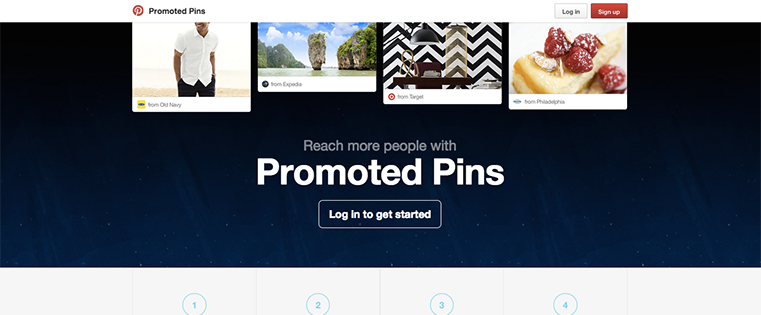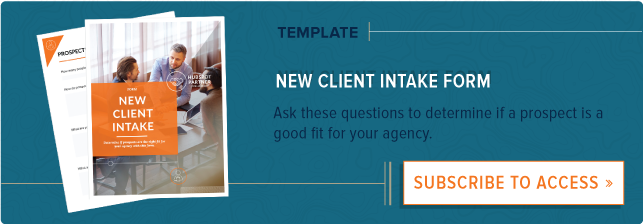

When you want to find something on the web, you Google it. Google is to search what Kleenex is to tissues. But there is a relative newcomer in the world of search that is approaching search not like an answering machine but as a discovery tool.
That newcomer is Pinterest with its new promoted pins program. It’s creating an ideal playground where brands and people can make meaningful connections.
As an early beta tester, we’re finding that the promoted pins program does more than generate conversions. It also increases engagement and performs as an awareness driver for clients. And these advertising options are helping Pinterest set itself apart from other social channels in a few ways.
Pinterest Has Billions of Data Points Based on Interests
In four short years, Pinterest has grown to include more than 70 million people actively pinning ideas, dreams, and projects each month. With most third-party research saying Pinterest’s user base is 70 to 80 percent female, certain industries are dominate. For instance, more than 30 million people have shared 4.5 billion fashion-related pins. There are 1.7 billion beauty-related pins and an astounding 5.7 billion pins related to food. Even within a specific holiday, like Halloween, there are 176 million pins. Very quickly, Pinterest has built a database fed by the interest of its users. This data has reached a scale where Pinterest can now realize revenue.
Pinterest Has an Unique Approach to Search
With this trove of data, Pinterest built a search engine based on interests. I dread using the analogy of a funnel, but that image indeed comes to mind when you hear how Pinterest thinks about its users: they move from dreaming to doing. Pinterest dubs this as “guided search,” knowing that typical Pinterest search behavior moves from general, such as “tropical vacations,” to specific, such as “Playa del Carmen.” Search for something general like “desserts,” and along with some mouthwatering results, Pinterest slips in a row of suggested terms to help guide your search. Terms such as “gluten free,” “holiday,” “pumpkin,” and “no bake” help lead a searcher along her road of discovery. No other search engine of this scale does this. Search for desserts on Google, and you get answers, not inspiration. And a recent update to the Pinterest interface puts a search bar front and center when the page loads, encouraging people to explore beyond the boards they already follow.
Pinterest Is Approaching Ads With the Consumer in Mind
Earlier this year, Pinterest began inviting select brands into its beta program to test its two ad offerings. CPM Promoted Pins appear in any category feed, similar to the way Facebook or Twitter inserts paid placements for general awareness goals. CPC Promoted Pins appear in search results, arming these units with qualified targeting and intent right out of the gate.
With 83% of marketers wondering how to target on social, being able to focus on keywords within a popular social channel is an ideal place to start. And because 75% of Pinterest activity is occuring on phones and tablets, these native ad formats appear as a seamless part of the Pinterest user experience. With search playing an integral role in the ecosystem of pins, repins, and clicks, Pinterest can’t risk alienating its loyal users on its path to monetization, and it deserves props for its cautious rollout of ad products. Participation in its beta program includes strategic guidance from Pinterest, ensuring brands adhere to strict pin standards that preserve the user experience. In short, if a promoted pin looks too much like an ad, it’s rejected.
Pinterest considers its CPC unit akin to a search engine marketing buy -- hardworking dollars tied to a direct conversion, like a coupon download or a product added to a cart. What we’re seeing goes beyond that last-click conversion. In just four weeks, pins and repins are up eight times over organic averages, and one client added 71% more followers to its boards in September 2014 (as compared to September 2013). We’ve also seen increased referral traffic from Pinterest, which was relatively flat in the months prior to launching this program.
It’s critical to note that this kind of success doesn’t just happen. It’s a combination of strategic keyword selection and more importantly, pins that strike an emotional chord. Impressive visuals, descriptive titles, and enticing copy all contribute to whether a person will repin a brand post. Simple edits to the copy, for instance, positively affects sharing and click-through. Great content wins again.
While results are still preliminary, we’re confident that Pinterest is delivering positive engagement for our brands and that the promoted pins will find their way into media and experience planning for our clients.
As long as Pinterest continues to serve the needs of people first, the channel will continue to be a win-win for users and brands.

![Pinterest: People Like Pictures, So Start Pinning [Infographic]](http://cdn2.hubspot.net/hub/53/file-1524411007-jpg/blog-files/people-like-pictures-infographic-julia-bucchianeri5.jpg)




